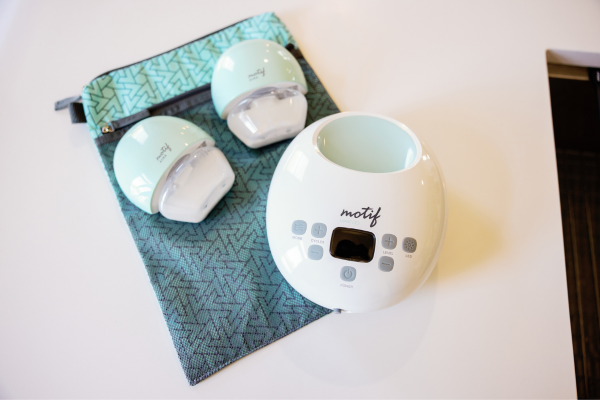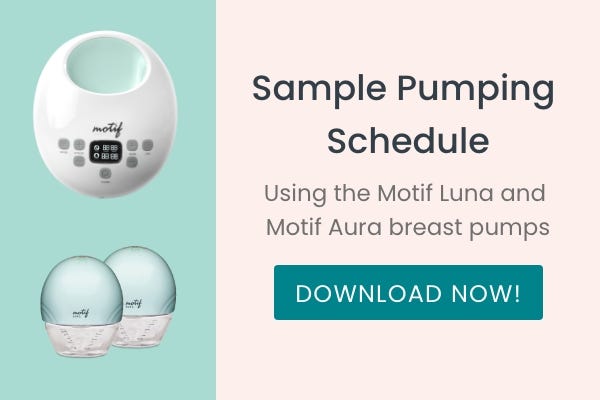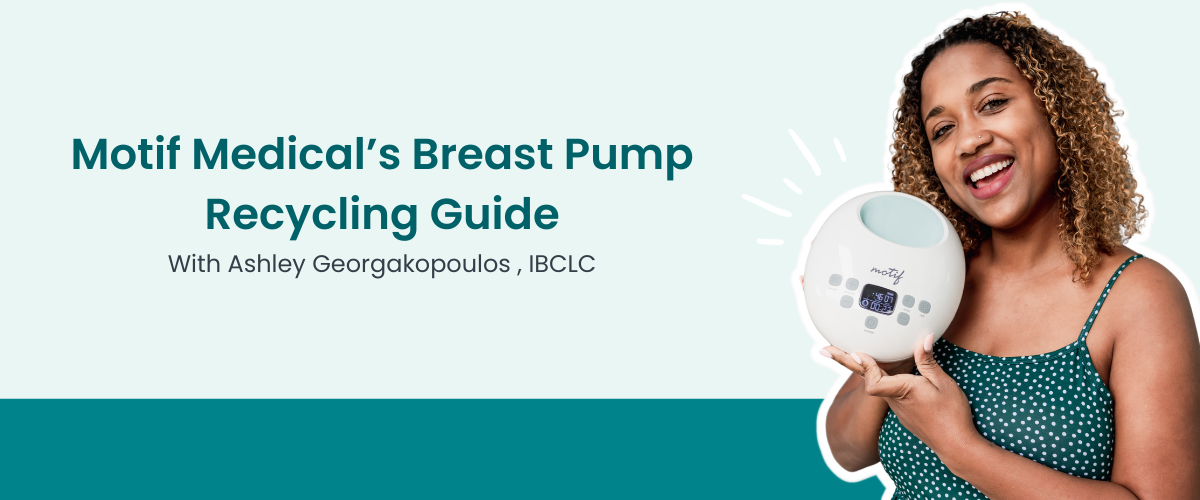Pumping Schedules
If you need to incorporate pumping into your routine or have decided to pump full-time, how often do you need to pump and make it work for you? We can look at different pumping needs and variables, from the baby’s age and exclusivity, to additional goals you may have, such as supply building and milk storage!
Some variables you need to think through before determining an appropriate schedule are:
- Pumping needs: Why are we pumping? How much do we need?
- Duration: Do we need a milk stash? Are we pumping in place of feedings, and is pumping long-term incorporation to provide breastmilk or just occasionally?
- Work + Lifestyle: What are potential obstacles that need a plan to navigate based on the other variables?
- Choosing the right pump to fit our goals, sustainability.
How Much Milk?
Once you know what your pumping needs are, we can then begin to determine the schedule to fit the amount demanded:
- Frequency: How often?
- Volume: How much?
Because breastmilk changes in concentration with the growing baby, the amount or volume does not dramatically increase per feeding. Therefore, the frequency and amount stay very similar throughout the first year. This looks, on average, like 2-3 oz a feeding, every 2-4 hours, which is 1-1.5 oz per feeding.


This amount is quite different from formula feeding, as the formula does not change in concentration (unless done manually with medical instruction), and therefore needs to increase in volume to meet caloric needs.
Most breastfed infants will not exceed 5 oz a feeding, even after six months of age, especially when feeding directly from the breast, and can self-pace. We can assess this through “weighted feeds,” weighing before and after a feed.
Newborns will often be fed more frequently, because for the first few days, the breast milk is still mostly colostrum, and they need even more frequent times at the breast, sometimes asking to feed every 2 hours. The other exception is cluster feeding, which occurs at least 2-3 times, usually the first around the 3rd week of age and then with different developmental stages of life.
The First Two Weeks
If needing to pump or express within this timeframe, it’s best to mimic the cluster-feeding patterns that the newborn would signal to the mother. The first 3-5 days may still be colostrum and transitional milk. You may need both hand expression as well as pumping. The small volume of this type of milk means more frequent attempts to remove it. This looks like every 1-2 hours during the day, 2-3 at night.
Average Feeding
So, on average, a breastfed baby will need to feed every 2-3 hours, as previously mentioned, with subtle changes as they age, such as dropping a feed or two at night, cluster feeding, and spreading feedings out to 3-4 hours. When pumping to replace any of these feedings, we want to mimic the frequency of average feedings to maintain breastmilk supply.
Exclusive Pumping
The term “Exclusive Pumping” means essentially that: Fully reliant on pumping to meet the breastmilk amounts needed. This can be for single births or multiples (twins, etc), can be for medical or personal decisions, and is heavily reliant on commitment. So, it's important to have a pump that can also commit to the task!
Exclusive Pumping Needs
Frequency: 2 - 4 hours, 15- 20 min per session
Volume: 1 - 1.5 oz milk per hour
Pump Output Needs: 2.5 - 3.5 oz per session
Total: 24 - 36 oz per day, 10-12 sessions per day
Ideal Pump(s): Luna Double Electric Breast Pump
Complimentary Pump: Motif Aura Wearable Pump
Sample Schedule for Exclusive Pumping
*Try to pump within a 4-hour cushion, and not over*
| 6:30am** | 5:30pm |
| 8:30am | 8:30pm |
| 11:30am | 11:30pm |
| 2:30PM | 3:00am** |
** Optimal times for maximum volume/replenishing supply signals
Part-Time Pumping
Part-time pumping suggests that we are pumping in place of part of the number of feedings through the day, most often seen in the workforce, where we have separation from the baby for part of the day. This can apply to NICU stays, personal space needs, milk-boosting / therapeutic pumping, and a plethora of different circumstances. Part-time pumping can even be a way to provide supplemental breastmilk for as long as possible while partially or mostly formula feeding. Whatever the case may be, we can design a schedule to meet you where you’re at.
Again, we need to know:
- Why we are pumping: boosting supply, replacing feedings, storing for future use/
- How much milk we need ?
- Your long-term goals, sustainability
Part-Time Pumping Needs-for the WAFH Mom (work away from home)
Frequency: 2 - 4 hours while separated from baby, 15- 20 min per session
Volume: 1 - 1.5 oz milk per hour
Pump Output Needs: 2.5 - 3.5 oz per session
Total: 7.5 - 14 oz per day, 3-4 sessions per day
Ideal Pump(s): Luna Double Electric Breast Pump
Complimentary Pump: Motif Aura Wearable Pump
Sample Schedule for Exclusive Pumping
*Try to pump within a 4-hour cushion, and not over*
| 6:30am** | -- |
| 8:30am | -- |
| 11:30am | -- |
| 2:30pm | 3:00am** |


** Optimal times for maximum volume/replenishing supply signals, unless feeding directly from your breast.
When pumping at work, you can design your schedule to fit breaks throughout the day, and even utilize wearable and hands-free options to allow you to continue working while meeting pumping needs. This will also be determined by the line of work you do, naturally, and works best when the employer is brought on board with your plan. You can read more on how to make pumping at work easier and more sustainable.
Information provided in blogs should not be used as a substitute for medical care or consultation.










